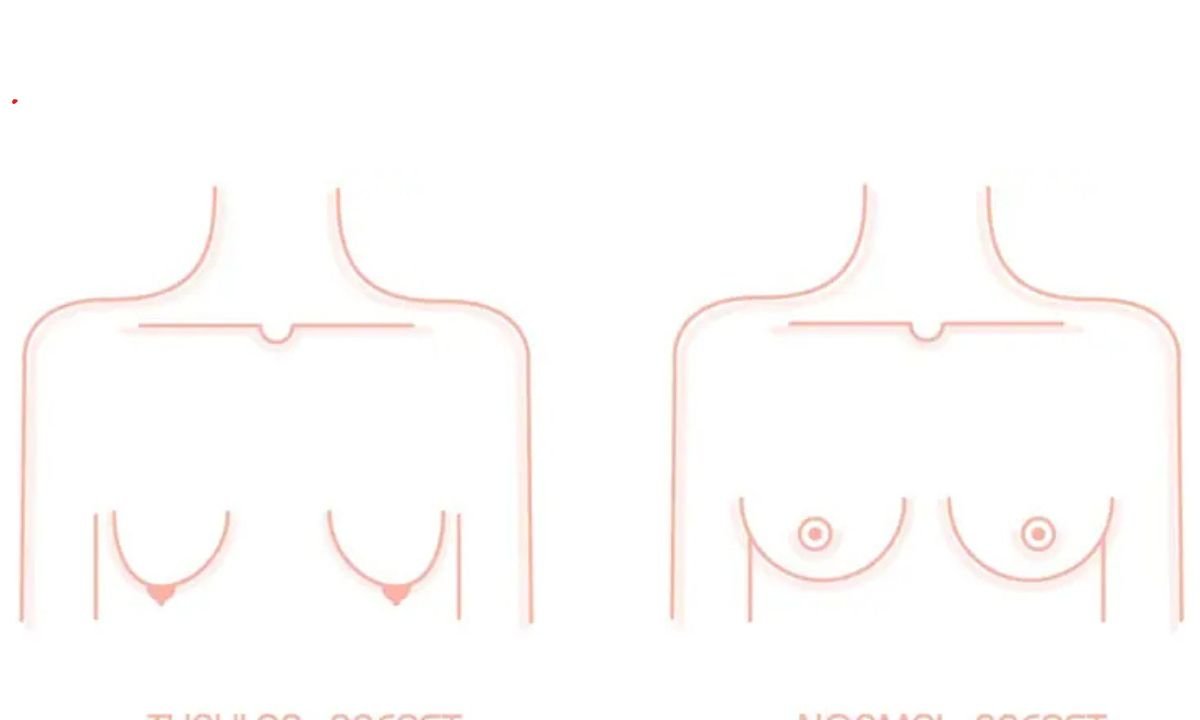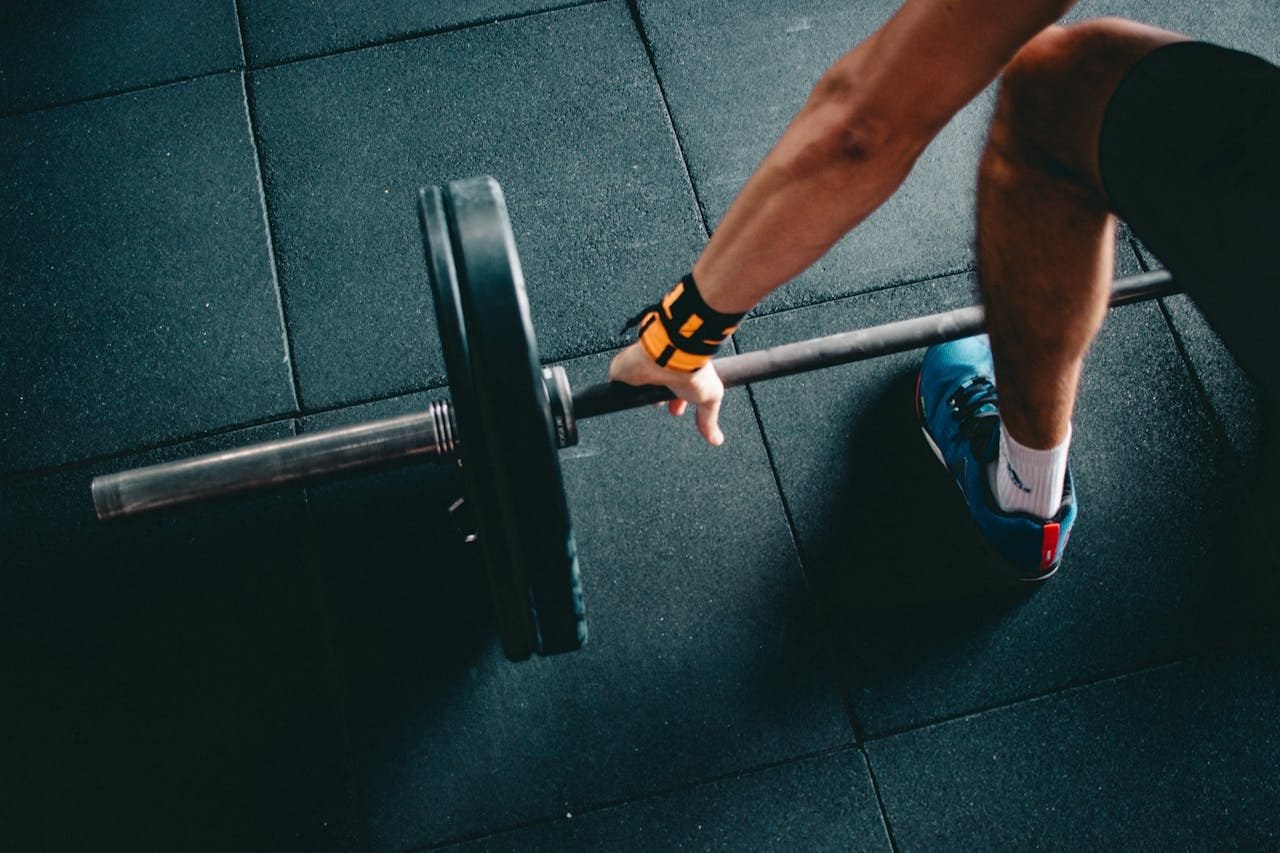You’ve been going to the gym regularly, lifting heavier weights, and pushing yourself to the limits. You may expect to see some nice, lean muscles. But instead, you’re noticing that you’re building up body fat, but not the desired effect. This specific scenario is not uncommon with those who exercise and pursue muscle building, but often overeat due to poorly monitored calorie intake. The answer to this problem is to use and understand a calorie calculator correctly. A calorie calculator will tell you your specific calorie calculator maintenance level, and allow you to get a calorie intake level for muscle building without increasing fat.
Why should a Calorie Calculator be a part of your lifestyle?
Understanding how many calories your body needs is a key part of this process. A calorie calculator is important to customize your diet around your goals, so you can gain muscle easily while limiting unnecessary fat gain.
Understanding Caloric Needs
1. Determine Your Basal Metabolic Rate (BMR)
Your BMR tells you how many calories your body needs when it’s at rest for you to survive. Understanding your BMR will help you get a better understanding of your daily caloric needs.
2. Calculate Your Total Daily Energy Expenditure (TDEE)
TDEE (Total Daily Energy Expenditure) includes your BMR (Basal Metabolic Rate) plus calories burned in physical activity. It is the calorie calculator maintenance level, or the amount of calories needed to maintain your weight.
3. Establish a Caloric Surplus for Muscle Gain
If you’re looking to build muscle, you will have to consume more calories than your TDEE. However, it is important that you only eat a surplus (or a calorie surplus), to not gain too much fat. A surplus of 250-500 calories per day is the generally recommended surplus amount to build lean muscle.
How to use the Calorie Calculator
Step 1: Input Personal Data
Input your age, gender, weight, height, and activity level in the calorie calculator. This information allows for accurate estimates of your BMR and TDEE.
Step 2: Set Your Fitness Goal
Select ‘muscle gain’ or ‘bulk’ as your goal and it will give you calorie recommendations with a sensible surplus above your maintenance calories.
Step 3: Monitor and Adjust
Track your progress regularly, if you’re gaining too much adipose tissue then cut that caloric surplus back a bit. If you’re seeing that muscle gains are not happening even with an initial caloric surplus, then maybe consider giving yourself a slight bump in calories.
READ ALSO: Affordable Weight Loss Options in Phoenix: What Really Works
Macronutrient Distribution for Muscle Gain
Balancing macronutrients is as important as total caloric intake.
- Protein: Essential for muscle repair and growth. Aim for 1.6–2.2 grams per kilogram of body weight.
- Carbohydrates: Provide energy for workouts. They should constitute about 45–65% of your total caloric intake.
- Fats: Support hormone production. They should make up about 20–35% of your total calories.
Adjust these ratios based on your body’s response and performance levels.
Common Pitfalls and How to Avoid Them
- Overestimating Caloric Needs: Consuming too many calories can lead to fat gain. Use the calorie calculator to determine a proper surplus.
- Neglecting Macronutrient Balance: Focusing only on calories and not the macronutrient intake can limit your muscle growth.
- Inconsistent Tracking: Not tracking your intake and progress can hamper your fitness goals. Input your data often in the calorie calculator.
Conclusion
You need strategic nutritional planning to build muscle mass without accumulation of unwanted body fat. You have multiple choices at your disposal to work with. Your weight status depends on your daily calorie consumption and energy output which can be determined by using a calorie calculator. The determination of your calorie calculator maintenance level will enable you to adjust your nutrition strategy for reaching your fitness targets in a more personalized approach. Stick to what feels right in relation to your objective whilst being ever aware of maintaining a consistent and updated database of information on yourself. This will better inform you in relation to changing your caloric target to progress your journey and get you to your desired outcome.
YOU MAY ALSO LIKE: Say Goodbye to Muscle Pain – Start Your Natural Recovery Journey Now











